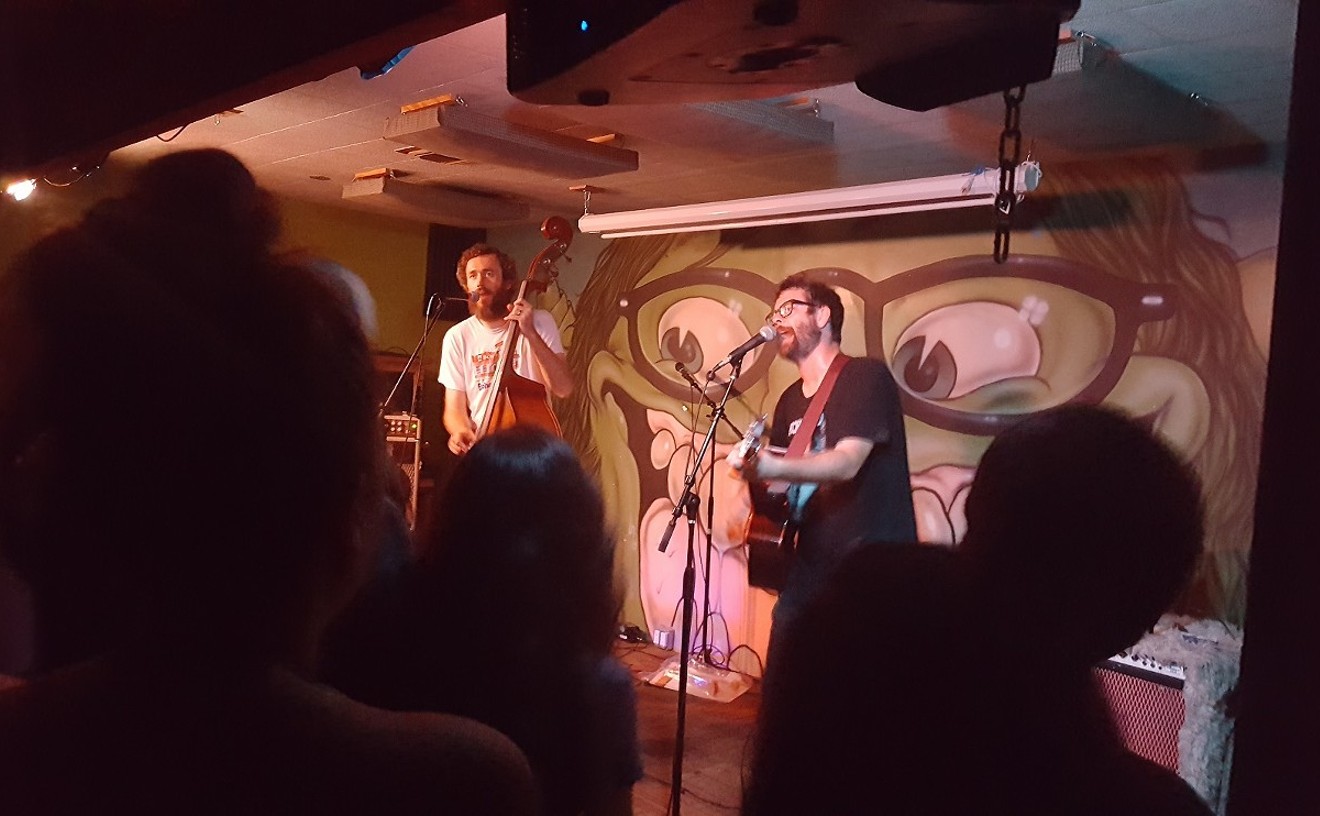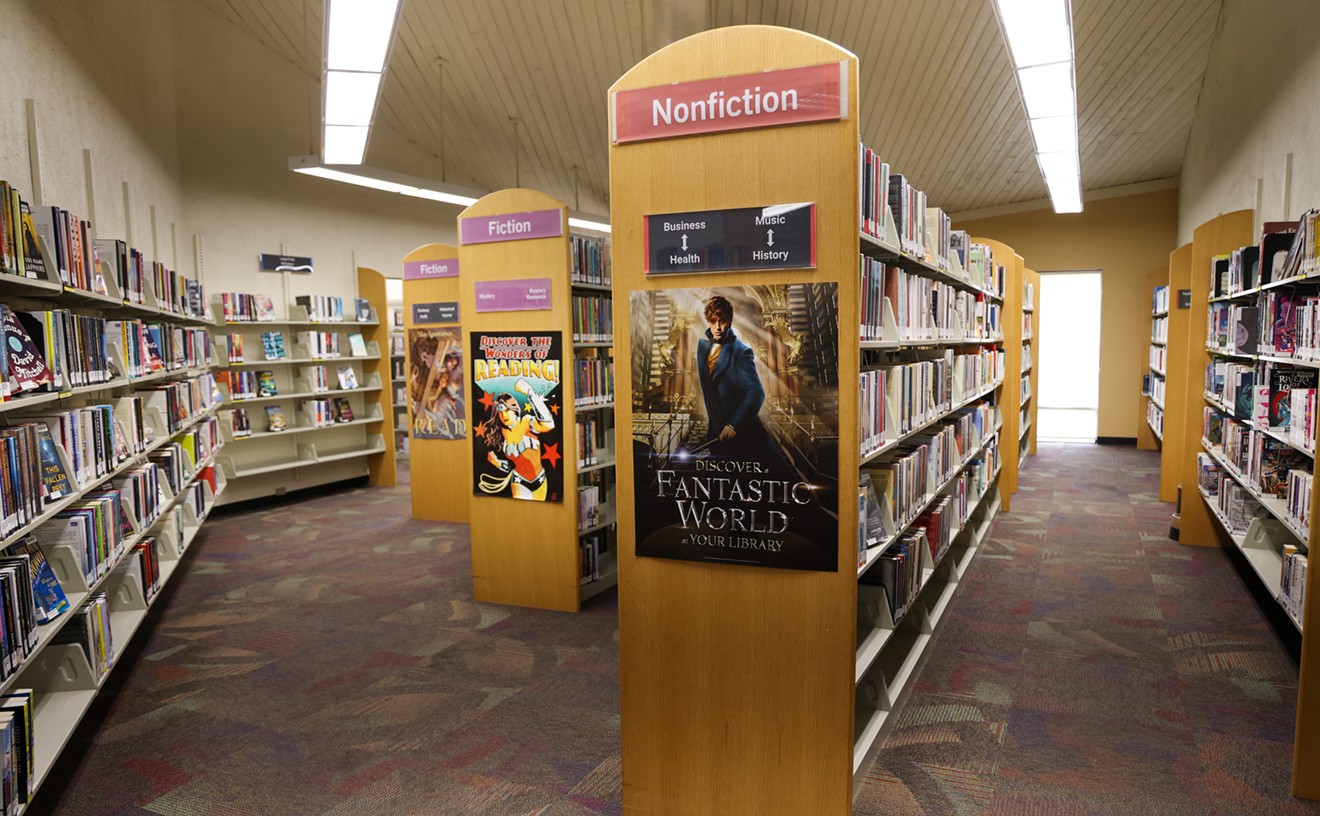I love this rundown old saltbox at the southeast corner of Mill Avenue and Rio Salado Parkway, with its towering silos that always remind me of a big, upended Pan flute; the dried rivers of rust running down its sides from the ancient metal window frames; the faded, flaking painting of a giant bag of flour on its side. Yet I find myself averting my gaze away from the mill every time I drive over the Tempe Bridge, certain that this sad old beauty will be gone, razed to make room for another glass-box condo or lime-green office complex.
So I practically levitated with joy as Losch described plans to retain as much of this ancient gem as possible as his firm morphs the flour mill into a retail center and boutique hotel. Normally the word "repurposed" gives me hives, but this time I'm almost willing to say it out loud.
"People have said to me, 'Just blow that place up,'" Losch told me about the mill. "But we can't just get rid of this great old building. It's a cornerstone of the Valley."
No kidding. There's been a flour mill on this site ever since Charles T. Hayden built the first one in 1874 so that local farmers could mill their own grain. The original mill, made from adobe, burned down in 1890. The second mill built on the site, also adobe, met the same fate in 1917. The existing four-story mill was built in 1918 of cast-in-place concrete post, presumably to discourage the combustive curse that plagued the previous wooden structures. The new mill operated until 1997, when milling operations ceased. The building closed for good the following year.
But now, permits are being pulled, and construction on a three-phase build-out of the site is set to begin this summer. The first phase will begin in June and will include construction of retail and office space that will be completed by summer 2009; phase two will see the silo structure converted into a boutique hotel. A third proposed phase would include residential units being built along Rio Salado.
That open-ended deadline on phase two of the Flour Mill build-out has me a little worried because initial plans for redevelopment of the mill into a residential, commercial, and retail space fell through in 2001 when the economy slowed, according to Tempe Mayor Hugh Hallman. The city sold the property a couple of years earlier to a developer who defaulted on its payments in 2003. When the city bought back the property in 2004, a legal battle ensued over Tempe's right to repurchase the site. And though that's all water under the flour mill now, all this talk about development snafus (not to mention the mill's propensity for bursting into flames) does give one pause.
And okay, so the renderings I've seen look like the old flour mill is being humped by one of those glass-and-chrome buildings that have been breeding like rabbits around here and that I hate so much. But I'd rather see one of my favorite landmarks being mounted from behind than have it torn down and replaced by just the glass-box part. And for weirdos like me, the news about the mill keeps getting better, because there's a real effort (a really expensive one, too) to keep the spirit of the old mill intact.
"An historic interpretation of the mill equipment will be built right into the design," Losch said, which, in developer-speak, means the mill's ancient sifters and grinders will be displayed behind glass as a backdrop to the newly refurbished space. He's talking about more than just a hallway with photos of the mill and maybe an old bag of flour in a Lucite case. Losch is thinking about having water flow through the old canal, which was the original power source for the mill, and of reincorporating the building's original stone arch and other features dating back to the 1800s into the new design.
"We may not even paint the building at all," Losch said. "We may leave it as it is, with the rust and the painting of the flour bag, and just the new glass structure surrounding it."
I wanted to shout, "Really? Are you serious? Because that would be fucking amazing! It would be like having a memorial to this great old building, plus having the building itself and a groovy new place to shop! Remarkable!" But I didn't. Because even people who make their living trying to save what's left of our local history aren't spazzes about it. It's something I aspire to.










